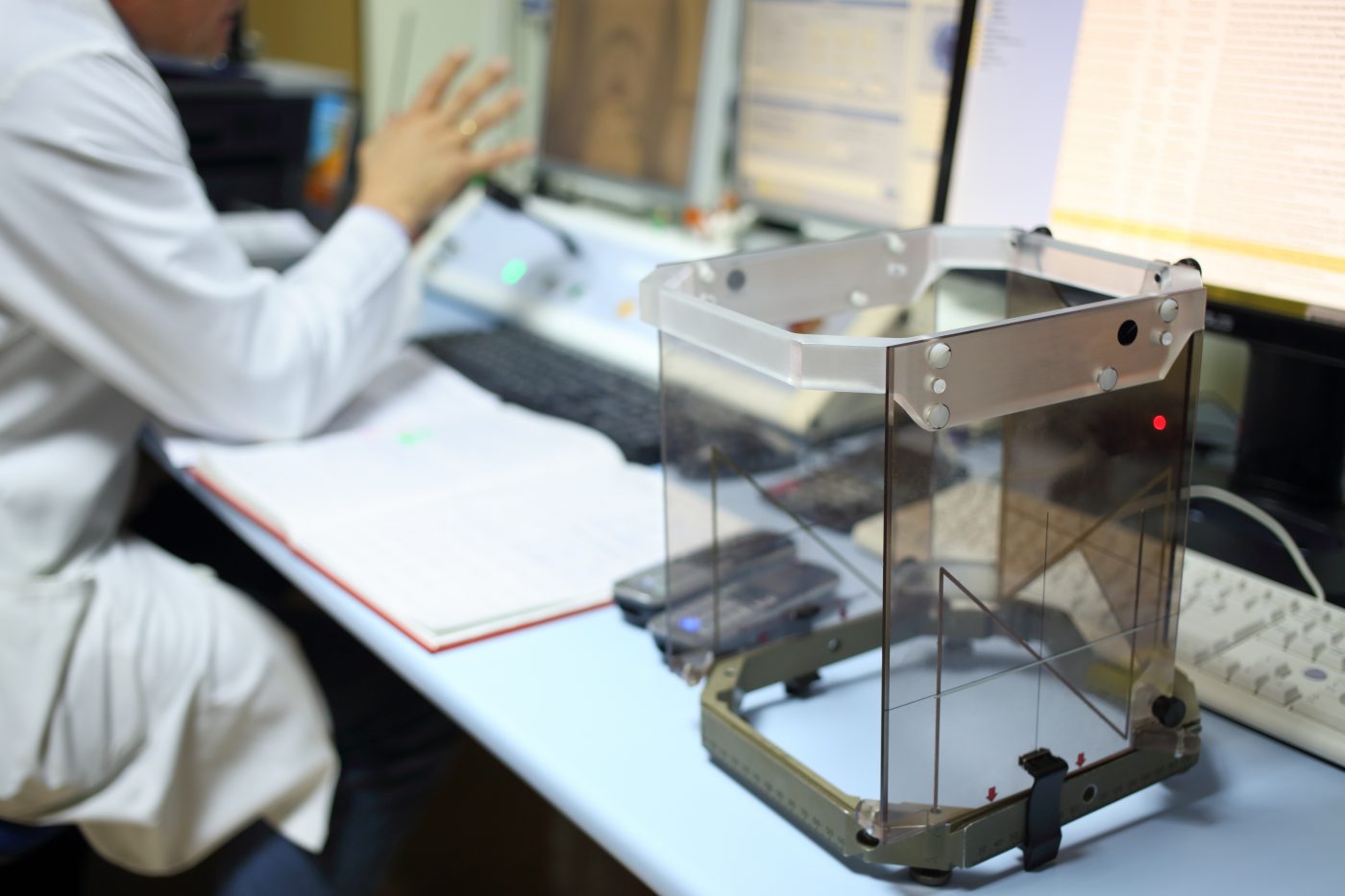Synthetic 3D Protein Structures That Better Replicate Nature Could Help Investigate Parkinson’s, Study Suggests

Synthetic 3D protein structures that better mimic those in nature, but are simpler, could help scientists investigate several disorders, including Parkinson’s disease, a study indicates.
The research, “Supramolecular Multiblock Copolymers Featuring Complex Secondary Structures,” appeared in the Journal of the American Chemical Society.
Dr. Marcus Weck’s New York University chemistry team developed the structures to help researchers understand whether proteins are properly assembled, or folded. The hope is that they can offer insight into a range of diseases caused by misfolded proteins.
“Our methodology not only creates chain molecules that spur the creation of configurations similar to those in the natural world, but also promotes further assembly into more complex and compartmentalized systems,” Weck said in a press release.
Because the structures shed light on the folding process in both nature and in synthetic systems, they provide scientists with “the possibility to investigate misfolding, which is critical for a variety of diseases, including Alzheimer’s disease, PD [Parkinson’s disease], and cystic fibrosis,” added Weck, associate director of New York University’s Molecular Design Institute.
Engineering full proteins and DNA like those in nature is too complex for chemists alone. Developing such well-defined structures would require cooperation across multiple research disciplines.
So the NYU chemists tried a different approach. They used simple building blocks, called monomers, to form more complex structures, called polymers, that can fold into secondary formations.
The next step in nature would be for the components to be assembled into higher-order 3D structures known as tertiary structures. At that level, proteins develop into formations that give them maximum stability or allow them to expend the least energy.
Weck said the new approach “takes these elements and engineers 3D architectures from well-defined secondary structures containing building blocks.”
Unlike attempts to create synthetic folding systems that resemble exactly what happens in nature, “our structures achieve design complexity while still maintaining simplistic routes to analyze assembled structures,” he said.






